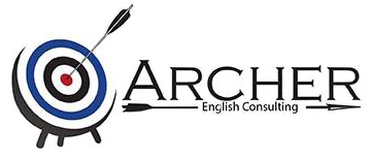1. Learn what you can copy. Plagiarism is serious and can scare new researchers but learning how to copy journal articles' format and common phrases with the technical vocabulary you need to use is not only okay, it is recommended. You can learn so much from successfully-published articles beyond the content. Look at how they were written and create a database of phrases and formats in your mind.
2. Follow directions. Read the submission guidelines carefully and don't give the editorial board a reason to reject your paper without even reading it carefully. Also, follow the suggestions that the editors give you if your paper receives conditional acceptance.
3. Choose your target publication before you start writing your paper. This will allow you to write for a specific audience and write with a basic template in mind. Not all journals follow the same format. You can save yourself a lot of revision work later by writing to match your target journal's expectations from the beginning.
4. Put the Wow before the How. English is top-loaded so we want you to share your most important outcomes first. We also expect to see what you accomplished in the abstract. Don't expect readers (and editors) to read your paper from front to back. Hook us with the good stuff and make us curious about how you did it.
5. Self edit for common grammatical issues such as plurals and subject/verb agreement. If you make your proofreader guess what you meant, we might guess wrong and that could affect how the editor views your paper.
6. Think like a target reader. Ask yourself if your paper is complete and your findings, rationale, processes, and outcomes are clear. If you can find a colleague to read your paper and provide feedback, that would be even better.
7. Finally, if you are writing in your second language, you can outline and organize your paper in your first language but don't try to write your paper in your first language and try to translate it yourself (or expect Google to do it). This only works if you hire a professional translator who is strong in both languages and knows your field. That can be hard to find and very expensive. Instead, write your first draft in your second language using easy words and sentences. That way, a proofreader will be able to understand your paper better and help you build it up to sound more academic and formal.
The workshop took six hours so we covered a lot more than this but heeding these tips can go a long way toward helping researchers get their papers published quicker and with a higher success rate.

 RSS Feed
RSS Feed